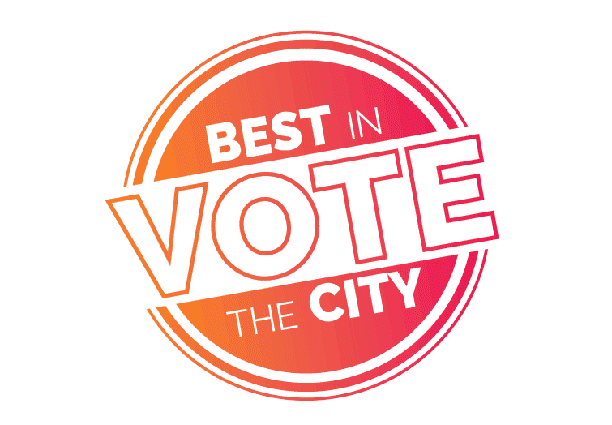Virtual reality is now just a cardboard device away? You heard that right, Google Cardboard created the first virtual reality, or VR, experience that simply pairs their headset device with a consumer’s mobile phone in order to bring thousands of applications to life in virtual 3D.
Launched in 2014, the original device design, constructed of low cost cardboard, uses 45mm focal length lenses to project stereoscopic “3D” images with a wide frame of view to consumers who use google cardboard compatible apps. These particular mobile applications split their virtual screens into two images, one for each lense, and working with distortion create the popular virtual experience. Now numerous other technology companies such as Google, Sony, Facebook and HTC have created variances of this virtual device and continue pioneering fresh developments. The technological race has begun among competing companies. Comparably all models are relatively low in cost and accessible to audiences who own an existing compatible smartphone and a model of the VR headset.
But does this technology come with probable concern? Now the nearest exotic escape or gaming experience is just within a headsets’ reach. Wherever the consumer is, mobile virtual reality is too. With time and advancement VR may become the preferable choice to actual everyday reality. If that’s hard to imagine rewatch any virtual reality based film that has been popular entertainment to the public for their escapism and science-fiction narratives, it may not be too far off. Hours can be spent exploring the thousands of entertainment apps such as Cardboard Camera in which you can recreate a 3D depiction of a personal experience or photo and VRSE which immerses consumers into full 360 featured docu-stories and music videos. Travel the world with Google Street View and game with neon action on Proton Pulse. This new technology might not create monsters, but zombies. Not the famous flesh eating roamers but those who seem detached from the existing world they live in. “Zoning out” may take a new definition in good time.
On the flip side the possibilities for this platform are endless. New 3D compatible cameras and smartphones shooting high resolution photos and videos can serve as a life-like time capsule for sharing. Pop in a recording or photo and sit with loved ones reminiscing. Flashback to a childhood location with Google Street View’s timeline of captured footage by year. Same VR experience, same nostalgic accomplishment, same smartphone. Who wouldn’t want to enter their own personal time machine? Generations old and new can experience the past, present and future of global surrounding. As far as gaming goes, the use of Bluetooth technology pairs game controllers to the VR goggles for a completely all-in gaming venture. All other gaming experiences will seem inferior in comparison to this hands-on experience.
Virtual reality is on the rise and with constant advancement it is sure to soon take over the entertainment world. You might even spot a zombie or two!







